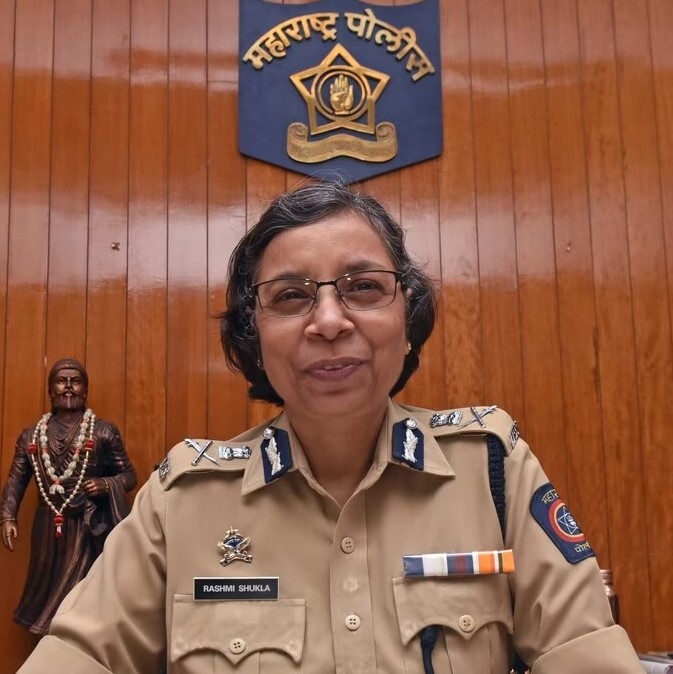Maharashtra Police Head Quarter
The Maharashtra Police Headquarters was shifted to the present heritage building in Year 1982. At that time, the state police force with a strength of 87000 was headed by an officer of the rank of Inspector General of Police. Today, the force has increased beyond 2,00,000 and is headed by the Director General of Police.
The present heritage building has a long history. The construction of this building, as the Royal Alfred Sailors Home, commenced in Feb.1872 and was completed in 1876 at a cost of Rs.3,66,629 (Rs.2000 less than the estimated cost !). His Highness Maharaja Khanderao Gaekwad of Baroda had donated Rs.200,000 for this prestigious building
This building was conceived to commemorate the visit of the Duke of Edinburgh in 1870. The duke laid the Foundation, during his visit, at the lower end of Hornby Row. This site, however, was changed and the foundation stone was re laid on a new site when construction commenced on February 18th, 1872.
Architect Stevens designed this 270 feet long and 58 feet wide building ingeniously using blue basalt in the facing with different colored natural stones in the detailing, to impart an incredible polychromatic effect, which were used in many of the building he later designed.
The building is divided into two wings, the north one being 110 feet by 58 feet and the south wing was originally allocated as quarters for the superintendent. Dining rooms for officers and sailors were located to the north end of the ground floor with a grand entrance hall with a paneled teak ceiling at the centre. Iron railings placed on neatly designed ground arches protect the blue basalt stone stairs. The southern half of the ground floor accommodated a large library, the superintendent′s office and storerooms. The entire north wing of the first floor was set apart for the officer′s dormitory. The remainder portion of this section and the second floor, with the exception of a small portion at the extreme south of the building was used by seamen. In the yard were servant′ quarters and a fine bowling and a skittle alley.
The Home was built to accommodate 20 officers and 100 seamen, with provision for additional accommodation when needed. A sculpture of Neptune in has-relief adorns the pediment at the top, with red Mangalore tiles on the pitched roof. The sculptures were crafted by students of the J J School of Art under the supervision of John Lockwood Kipling (father of renowned writer, Rudyard Kipling), who had been appointed Professor of Architectural Sculpture at the School in 1865.
The entire work was carried out under the supervision of J H E Hart, MICE from February to November 1872; Col J A Fuller, RE from November 1872 to February 1876 with F W Stevens as Executive Engineer in charge and Sitaram Khanderao Vaidya as Overseer.
This building was acquired by the Govt. in 1928 at a cost of Rs.4,44,375 from the Committee of the Royal Alfred Sailors Home for the use of the Bombay Legislative Council. In the late 1930s, the Sailors Home became the seat of the Legislative Council. A new Council Hall with a Capacity to accommodate around 148 members was constructed behind it and connected by the corridor to the main building. Designed by the Consulting Architect to the Govt., J Mercer, the walls of the Council Hall were built of stone with a yellow basalt facing with the roof in reinforced concrete built on steel girders. A unique feature incorporated in the building was the flooring of the main Chamber in rubber asbestos. The Council Hall was probably the first building in Bombay to be equipped with an air-conditioning plant. For several years, the main building functioned as the Legislative Assembly until the new Council Hall was built in 1982.
The building houses the offices the offices of the Director-General of Police and is the nerve centre of the policy making, planning and implementation for the State Police. Shri K.P. Medhekar was the first incumbent in this building. Since then, this building has seen 24 DGs

